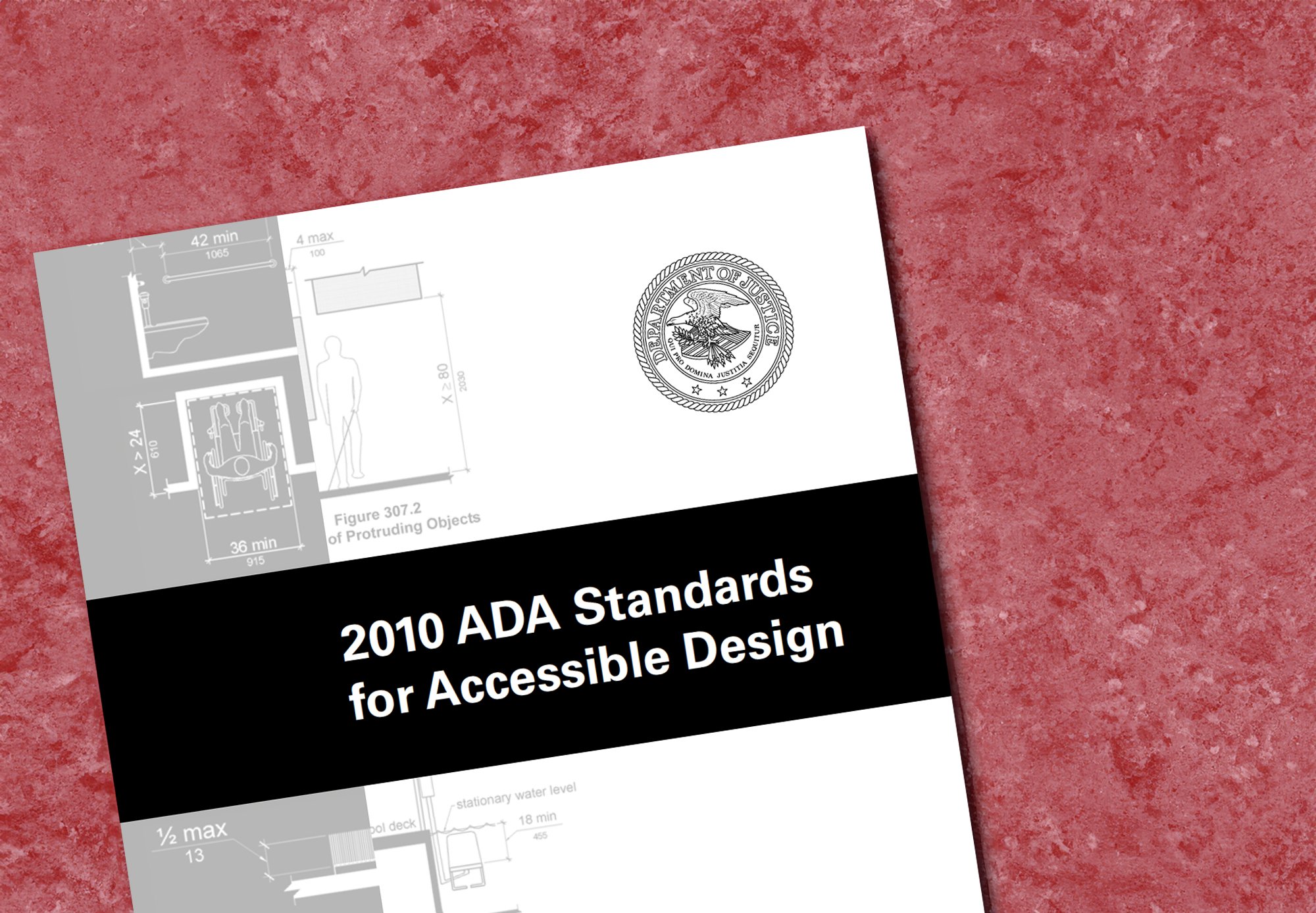
ADA RESOURCES
Explore our expertly curated set of resources to guide your next ADA-compliant signage project.
ADA-Compliant Signage: Ensuring Inclusivity and Accessibility
When it comes to ADA-compliant signage, adherence to the guidelines laid out by the Americans with Disabilities Act (ADA) is crucial. ADA-compliant signage is designed to ensure that people with disabilities have equal access to important information and directions within public spaces.
ADA standards specify various requirements for signage, including the proper utilization of tactile characters, braille translations, visual contrast, and mounting height. Tactile characters must be raised and accompanied by Grade 2 Braille translations, arranged in specific proportions and placed at appropriate heights for readability. This allows individuals with visual impairments to effectively interpret the content of the signage without assistance.
Moreover, visual contrast is a critical aspect of ADA-compliant signage, as it ensures that characters and backgrounds are distinguishable to individuals with low vision or color blindness. Additionally, the mounting height of the signage is regulated to facilitate readability for people of all heights, including those in wheelchairs.
Another vital aspect of ADA-compliant signage is the inclusion of pictograms to convey information graphically. Pictograms serve as an efficient means to communicate messages universally without relying solely on written language, benefiting individuals with diverse linguistic backgrounds and those with cognitive or learning disabilities.
Adhering to these ADA standards for accessible design is not only a legal obligation for businesses and public entities, but it also reflects a commitment to inclusivity and equal access for all individuals. By ensuring that signage is ADA-compliant, organizations contribute to creating an environment where everyone, regardless of their abilities, can navigate spaces independently and confidently.
2010 ADA Standards for Accessible Design
The Department of Justice published revised regulations for Titles II and III of the Americans with Disabilities Act of 1990 ADA in the Federal Register on September 15, 2010. These regulations adopted revised, enforceable accessibility standards called the 2010 ADA Standards for Accessible Design 2010 Standards or Standards. The 2010 Standards set minimum requirements – both scoping and technical – for newly designed and constructed or altered State and local government facilities, public accommodations, and commercial facilities to be readily accessible to and usable by individuals with disabilities.
To read the entire 2010 ADA Standards for Accessible Design, download the PDF.
ADA Sign Mounting Requirements
LOCATION
Signs identifying a permanent room or space must be mounted on the wall, next to the door, on the latch side so that the sign’s location relative to the door hardware is predictable for a blind or severely visually disabled person.
When there is no room for the sign on the strike side of the door, it can be placed on the nearest adjacent wall.
HEIGHT
Signs can be mounted within a range of heights from the finished floor, allowing different sized signs to be displayed at a consistent height along the wall, or enabling mounting at a more useable height in children’s facilities.
The baselines of raised characters must be located between 48″ (lowest raised characters) and 60″ (highest raised character) above the finished floor.
Questions about ADA compliance? We can help.
If you have questions or need assistance with ADA compliance, please feel free to reach out to us. Our team is well-versed in ADA guidelines and regulations, and we are here to share our expertise in ADA-compliant signage. We are committed to ensuring accessibility for all individuals and are dedicated to helping you navigate ADA-compliance effectively.





